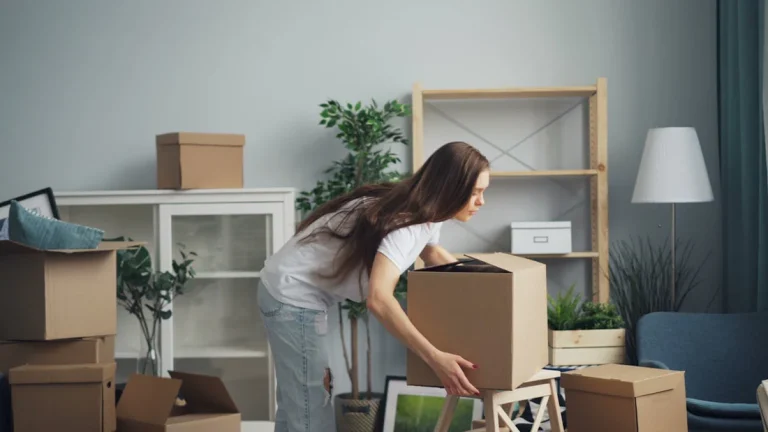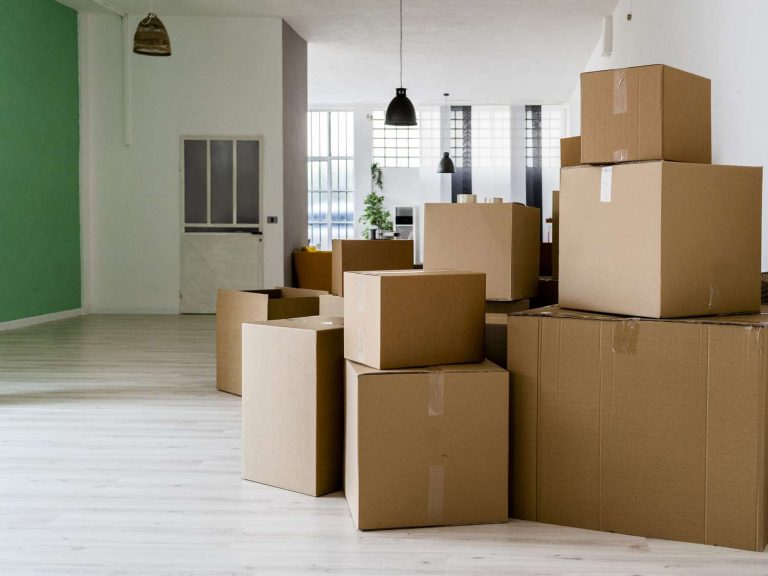
In today’s fast-paced world, where time is often in short supply and mental clutter seems endless, the need for an organized living space has never been more crucial. A well-organized home not only enhances your living environment but also brings clarity and peace of mind. However, achieving a truly organized home isn’t just about cleaning up; it’s about a systematic approach to decluttering, maintaining order, and ensuring functionality. This is where checklists come into play. They are not just a tool for tasks at work or school—they are essential for creating and maintaining an organized, harmonious home. If you’re ready to elevate the flow of your living space and transform it into a more functional, beautiful environment, the combination of organization and checklists is your key to success.
Why Organization is Essential for a Functional Home
Organization is not a mere luxury; it’s a necessity for creating a peaceful home. Clutter, both physical and mental, can have a detrimental impact on your well-being. Studies show that living in disorganization can cause increased stress, anxiety, and even affect your productivity. A cluttered home can be overwhelming, with items scattered across the house, misplaced belongings, and surfaces covered in things that have no designated place. The result is often wasted time spent searching for keys, misplacing important documents, or feeling mentally fatigued from the mess.
An organized home offers numerous benefits:
-
Enhanced Productivity: A well-organized environment allows for greater focus and efficiency. Whether it’s finding your car keys or setting up for work, you’ll spend less time dealing with frustration.
-
Reduced Stress: A tidy space creates a calming atmosphere, which can have a direct impact on reducing stress levels. You’re less likely to feel overwhelmed when everything has its place.
-
Better Time Management: With everything in its proper place, you’re able to plan your day with greater ease, spending less time on mundane tasks and more time on things that matter.
-
Increased Satisfaction and Pride: A clean and organized home gives you a sense of accomplishment, boosting your confidence and pride in your living space.
How Checklists Simplify the Process
For many, the thought of organizing a home can seem like an insurmountable task, one that will take days—if not weeks—to complete. This is where checklists prove invaluable. They break the process down into manageable steps, offering a clear path forward. A checklist ensures that you stay on track, helps you focus on one task at a time, and prevents you from feeling overwhelmed by the scope of the job.
Checklists provide structure, guiding you through each phase of the organization process. Whether you’re sorting through the clutter in your kitchen or planning a seasonal wardrobe overhaul, a checklist keeps you focused on what needs to be done next, rather than getting lost in the bigger picture. It’s also a great tool for maintaining organization, ensuring that tasks are regularly revisited to prevent future mess.
Practical Steps for Using Checklists to Improve Your Home
1. Start with a Decluttering Checklist
The first step toward improving your home through organization is to declutter. Clutter accumulates over time, often without us realizing it, and it’s important to take a step back to assess what you truly need and what can be removed.
A decluttering checklist should include:
-
Sort by Category: Break your decluttering process into categories—clothing, books, kitchenware, electronics, sentimental items, etc. Tackling one category at a time makes it less overwhelming.
-
Set Guidelines for What to Keep: Ask yourself questions like, “When was the last time I used this?” or “Does this item serve a purpose in my current lifestyle?” Only keep items that bring value to your life.
-
Create Piles for Discard, Donate, or Sell: For every item, have a designated pile. Make it a habit to get rid of things regularly.
-
Don’t Overthink: The process can become emotionally taxing, but try not to second-guess your decisions. Trust your initial instincts, and remember that letting go of unnecessary items creates space for what truly matters.
Tip: Tackle one area or room at a time. It’s easy to become discouraged if you try to declutter the entire house in one go.
2. Design a Room-by-Room Organization Checklist
Once your home is decluttered, it’s time to get organized. Each room in your home serves a different purpose, so a room-by-room checklist can help you create a space that’s both functional and aesthetically pleasing.
For each room, consider the following:
-
Storage Solutions: Does your room need additional storage? Look into creative storage options like under-bed storage, wall-mounted shelves, or multi-functional furniture.
-
Zoning: Divide each room into functional zones. For example, in your living room, create a reading nook, a media zone, and a place for relaxing. This can help keep your space tidy and purposeful.
-
Organize by Frequency of Use: Items you use daily should be easily accessible. Store items you rarely use in harder-to-reach places, such as the top shelf of a closet or in basement storage.
-
Add Organizational Tools: Bins, baskets, and drawer dividers can help keep things tidy and make it easier to access items when needed.
Tip: Make a list of each room’s specific needs before starting. A checklist for your kitchen will look vastly different from one for your bedroom or office.
3. Create a Routine for Maintaining Order
The most important aspect of home organization is maintaining it. Once your home is organized, it’s easy to fall back into old habits of accumulating clutter. To prevent this, create a checklist for maintaining order. This checklist can include:
-
Daily Tasks: Make your bed, wipe down counters, put away dishes, and tidy up the main living spaces. Spend 15-20 minutes every day on these tasks to keep things looking fresh.
-
Weekly Tasks: Clean your floors, organize your bathroom counters, go through your mail, and check your fridge for expired items. Weekly tasks ensure that clutter doesn’t build up.
-
Monthly Tasks: Reassess your closets, garage, and attic for seasonal changes. Recycle outdated items and donate what no longer serves you.
-
Seasonal Tasks: Switch out seasonal decorations, freshen up linens, and perform a deep clean for each area of the house.
Tip: Set a timer for each task. Knowing that you only need to dedicate a specific amount of time will prevent procrastination and make routine maintenance less daunting.
4. Prioritize Problem Areas
Some areas of your home may require more attention than others. For example, your entryway, kitchen countertops, and family room are likely to accumulate the most clutter. Creating a checklist specifically for problem areas helps ensure that you stay ahead of the mess before it piles up.
For problem areas:
-
Evaluate the Space: Determine why clutter builds up. Is it a lack of storage? Are there too many items in one place? Are the surfaces too cluttered to maintain?
-
Create Systems: Invest in organizational tools designed specifically for those spaces. Consider hooks for coats, baskets for shoes, or an entryway organizer for keys and mail.
Tip: Focus on one problem area at a time. Once that space is organized, move on to the next.
The Power of Checklists in Long-Term Success
When it comes to home organization, the goal isn’t just to have a tidy space for a few days—it’s to build lasting habits that keep your home functional and peaceful. Regular check-ins and updates to your organizational system ensure that your home remains a well-oiled machine, no matter how much life changes.
By using checklists to guide you through the decluttering, organizing, and maintaining process, you’ll avoid feeling overwhelmed and make sure that every area of your home is purposeful. Organization doesn’t happen overnight, but with patience, consistency, and the right tools, you can transform your home into a space that reflects both your style and your lifestyle.
Conclusion
A well-organized home is not merely a reflection of your ability to tidy up; it’s an ongoing process that leads to improved productivity, reduced stress, and an overall more harmonious living space. Using checklists to declutter, organize, and maintain order in your home helps streamline the entire process, making it manageable and sustainable. Whether you’re starting from scratch or simply tidying up, incorporating checklists into your home organization strategy is the key to long-term success. So, take the time to create a few simple checklists and watch as your home transforms into a beautifully organized sanctuary.





